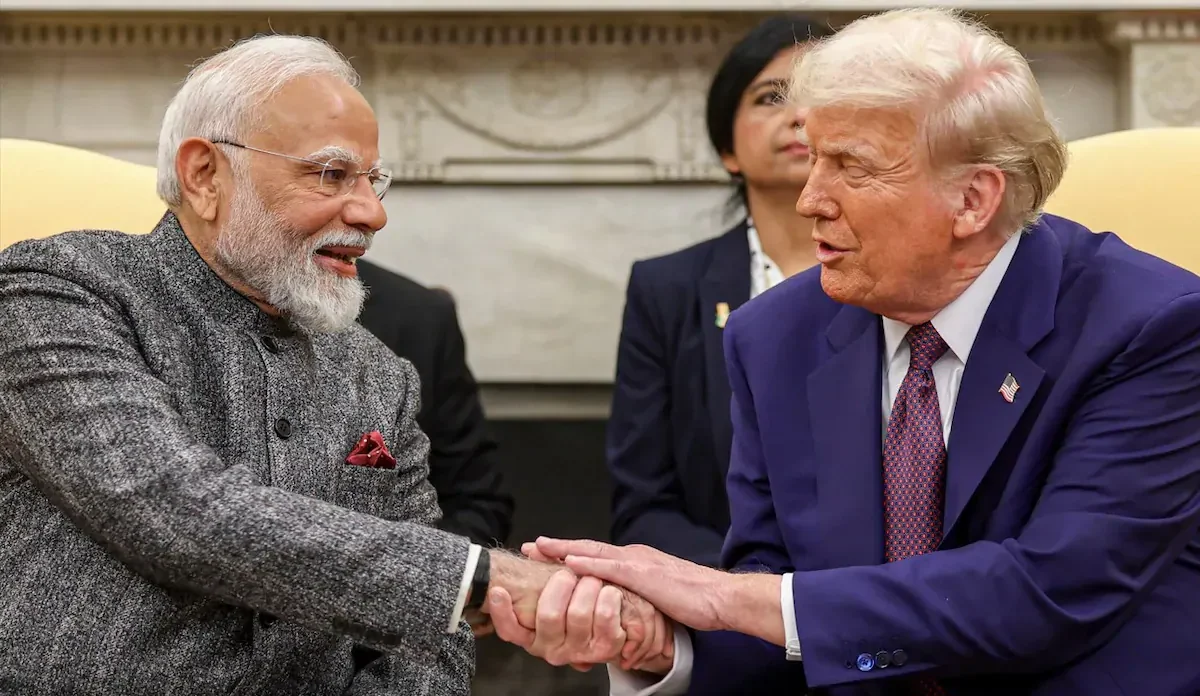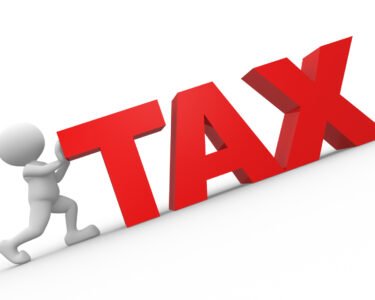The United States and India are on the verge of finalising a landmark bilateral trade agreement that promises to reshape the economic landscape between the two global powers. In an official statement released Monday, the White House reaffirmed India’s critical role as a “very strategic ally” and confirmed that the long-anticipated trade pact is nearing completion.
White House Press Secretary Karoline Leavitt, speaking at a media briefing, underscored the importance of India-US relations, stating that President Donald Trump has maintained a “very good relationship” with Indian Prime Minister Narendra Modi. “India remains a very strategic ally in the Asia-Pacific region,” Leavitt emphasized, adding that the trade team is working closely with Indian counterparts to finalize the agreement.
Robust Strategic Ties, Strong Personal Rapport
The forthcoming deal highlights not only the growing economic interdependence between the two nations but also the personal rapport between their leaders. President Trump had earlier referred to the proposed pact as a “very big one,” drawing comparisons with the US–China deal. “We have one coming up, maybe with India. Very big one,” Trump said last week. “Where we’re going to open up India… In the China deal, we are starting to open up China.”
Trump’s comments suggest that the deal will involve major policy shifts and greater market access for US goods and services in sectors where India has historically maintained high tariff walls. Leavitt confirmed ongoing talks between the President and Secretary of Commerce, stating, “They are finalising these agreements, and you’ll hear from the President and his trade team very soon.”
Trade and Strategic Convergence
The trade relationship between the two countries has grown significantly in recent years. Bilateral trade touched $131.84 billion in FY25, making India the United States’ largest trading partner. The proposed agreement — informally referred to as a Bilateral Trade Agreement (BTA) — is expected to be provisionally concluded by July 9, as both sides work to resolve remaining sticking points, particularly around retaliatory tariffs and market access.
Sectors likely to see substantial impact from the agreement include energy, agriculture, aviation, and defence — areas where both India and the US have mutual strategic and commercial interests. The US has been pushing for reduced tariffs on key American exports such as medical equipment, dairy, and wine, while India is seeking removal of trade barriers affecting its information technology and textile sectors.
China Factor Looms Large
The growing convergence between New Delhi and Washington comes at a time of heightened geopolitical tension in the Indo-Pacific, particularly regarding China’s assertive posture in the region. Responding to questions about China’s growing influence, Leavitt reiterated the importance of India in counterbalancing Beijing. “India remains a strategic partner, and our growing cooperation reflects a shared vision for a free and open Indo-Pacific,” she said.
India’s role in countering Chinese influence has gained momentum following clashes along the Line of Actual Control (LAC) and rising tensions in the South China Sea. The deepening India-US partnership is seen by many analysts as part of Washington’s broader Indo-Pacific strategy.
Domestic and Global Implications
The expected trade deal carries significant implications both domestically and internationally. For India, the agreement could boost foreign investment, reduce trade imbalances, and enhance the flow of advanced technologies. For the US, it presents an opportunity to expand market access in one of the world’s fastest-growing economies and cement a key ally in Asia.
However, trade experts have urged caution. “While the headline numbers are exciting, implementation will be key,” said an international trade analyst from the Observer Research Foundation. “There are complex regulatory and procedural issues on both sides that need alignment. But the political will is clearly strong.”
Next Steps
While no specific date has been confirmed for the official announcement, sources indicate that both governments are aiming to unveil the deal in a high-profile event in Washington or New Delhi ahead of the July 9 provisional deadline.
As strategic ties between India and the US continue to deepen, the new trade agreement could serve as a defining milestone in bilateral relations — transforming economic engagement, reinforcing security cooperation, and setting the tone for a robust 21st-century partnership.







